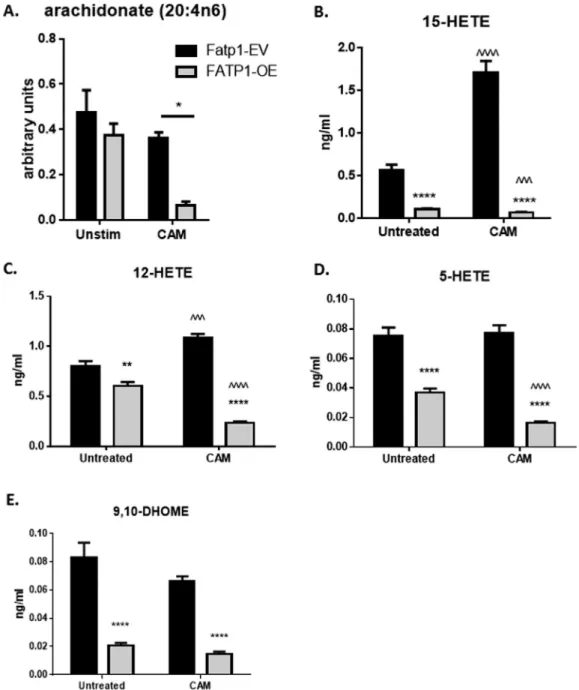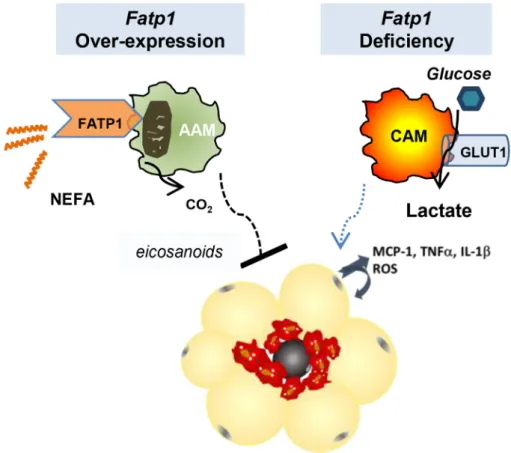PubMedCentral-PMC4921943.pdf
Full text
Figure




Related documents
magnetik menggunakan analisis kurva histeresis menunjukkan sifat densitas dan kemagnetan bahan magnet komposit BaFe/NdFeB yang hampir sama untuk bahan yang disintesis
The main purpose of the work is the develop- ment of a numerical model for quick prediction of chemical contamination zones in case of accidental ammonia emission at the
To improve the performance of automatic incident detection algorithm under extreme weather conditions, this paper introduces an innovative method to quantify the
Country D will support land-based producer compensation in return for country A's supporting neighbor-State access rights for landlocked States.. Country D will oppose
has negligible influence in the rate of degradation of caffeine with the highest p-value of 0.8460 whereas pH, catalyst dosage and initial caffeine concentration with p-value
We have attempted to characterize the relationship between oxidative stress, evaluated in terms of levels of 8-oxodG in PBMCs, and the levels of antiox- idant vitamins and the
Urbanization affects ecosystems both within and outside of urban areas, and as stated in Chapters 1 and 9, on a global scale urban land expansion will be much more rapid than